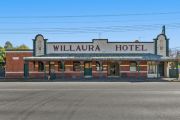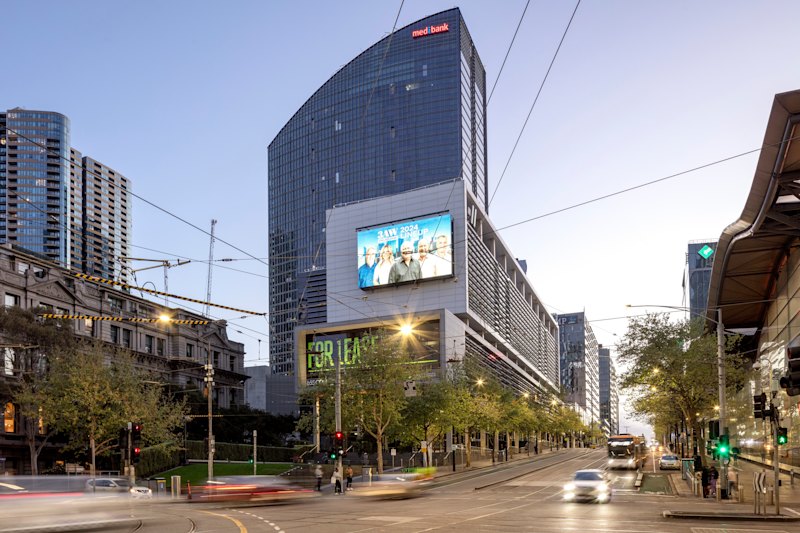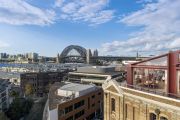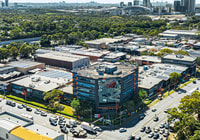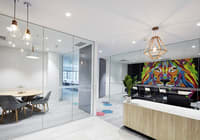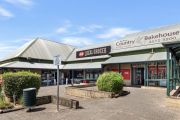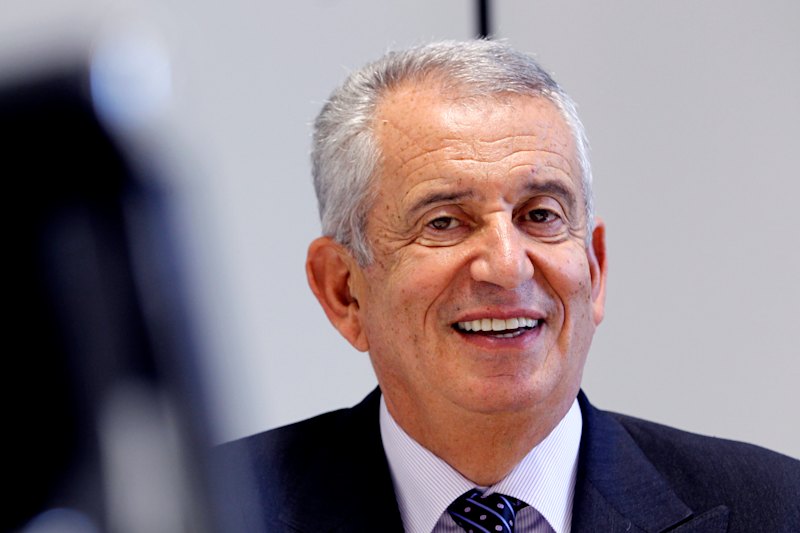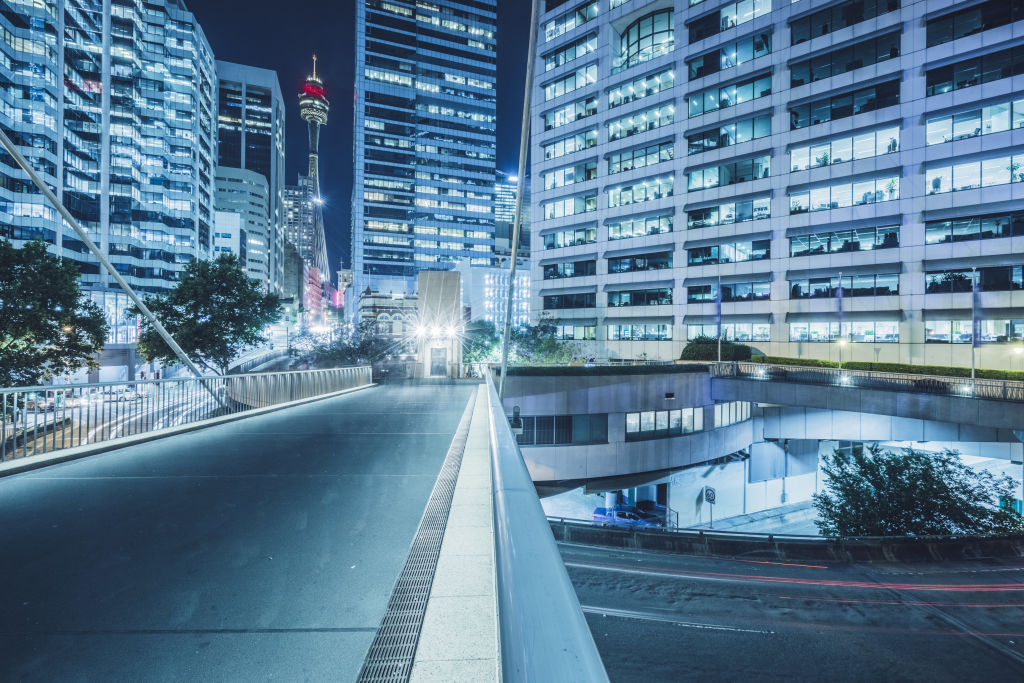
Sydney office rents tipped to keep rising 'for the next few years'
After seeing three years of robust growth, few property experts would have been surprised to see the Sydney CBD’s office vacancy rate fall to a decade-low of 4.1 per cent earlier this year.
And it is expected to dip further in the second half of this year, according to Investa’s head of research and strategy David Cannington.
“Further expansion in office-based businesses and strong underlying demand for Sydney CBD office space is expected to maintain vacancy at a tight 3.5 to 4 per cent through the second half of 2019,” he said.
“While office withdrawals for refurbishment and redevelopment will maintain a negative drag on supply in the Sydney CBD office market, new developments will start to complete through the second half of 2019. This will enlarge the size of the Sydney CBD office market, following 12 months of contraction.”
Mr Cannington said demand has been boosted by legal, technology and coworking sectors expanding their Sydney CBD office footprint, despite the supply of office space constrained by withdrawals in 2018.
More than 55,000 square metres of office stock was withdrawn from the market in the six months to January 2019, Property Council of Australia data shows, equivalent to about 1.1 per cent of the overall Sydney CBD stock.
These office buildings were largely taken offline due to redevelopment or refurbishment, with the 35,500-square-metre 388 George Street withdrawn until 2020 for a full refurbishment following anchor tenant IAG’s relocation to Darling Park.
More than 20,000 square metres of that backfill space is said to have been pre-committed in early 2019.
These withdrawals for government-led infrastructure projects and alternative uses continue to put downward pressure on the decade-low vacancy rate, Knight Frank’s head of NSW office leasing Aaron Weir said.
On top of that, the supply drought has been fuelled by a strong demand for prime office space, underpinned by tenants seeking to upgrade or consolidate offices to improve business continuity and, in some cases, take expansion space.
Mr Weir added that the low vacancy environment was reflected in the rental growth, with average prime net effective rents increasing by 17.5 per cent in the 12 months to January 2019.
That growth is expected to slow, according to Felice Spark, CBRE’s head of office and occupier research, who noted that prime net effective rents are forecast to grow by about 7 per cent in 2019.
“This is still above long-term average growth of 3.7 per cent but at a slower pace than over the past three years. We expect to see some softening in effective rents in 2020 due to an increase in indicative incentives.”
Colliers International’s director of office leasing Thomas Fredrikson agreed that rental growth was beginning to moderate, despite still being “substantial” across all grades, particularly in the secondary market.
“The significant surge of rental growth which we saw in the last couple of years has started to taper, however, landlords will still experience rental growth for the next few years,” he said.
New stock will remain limited in the coming months as the majority of new projects are not due for completion until at least mid-2020, with Investa’s 60 Martin Place the only A-grade office development to come online in the CBD in 2019.
“There will be no release valve on supply until the second half of 2020 and backfill opportunities still are yet to be unlocked,” Mr Fredrikson said.
“There will be circa 300,000 square metres of new supply by 2022, of which half is already pre-committed, plus an additional 170,000 square metres of backfill opportunities.
“We are forecasting vacancy to increase to 5.6 per cent in 2022 as a result of new supply. Following this, the next wave of developments on the horizon is not until 2024, which is estimated at over 250,000 square metres.”
Net additions to the market over 2019 and 2020 are expected to be “muted” at 10,000 square metres, Ms Spark added, thanks to further significant withdrawals in 2020 for refurbishment and limited new developments coming to market.
Mr Weir, who is also partner at Knight Frank, said that supply factors would continue to play a critical role in the short term.
“There is very little supply due to be added in 2019 and 2020 and with prime vacancy currently at 3.7 per cent, this could potentially amplify pent-up demand in the near term – particularly in central CBD locations where the vacancy rate is already under 3 per cent,” he said.
Mr Weir predicts that limited uncommitted new supply in the short term is expected to sustain above-average gross face rental growth rates for the rest of the year at more than 6 per cent, before the rate of growth tapers off in 2020 to above 5 per cent.
